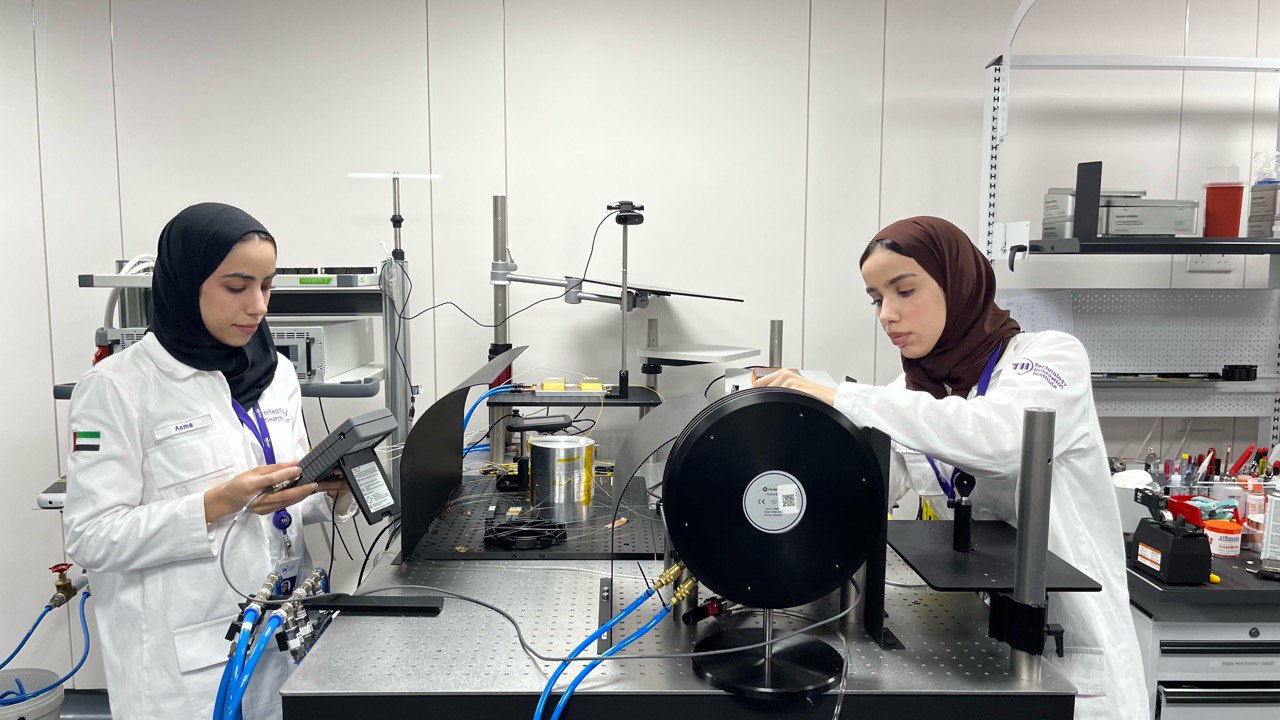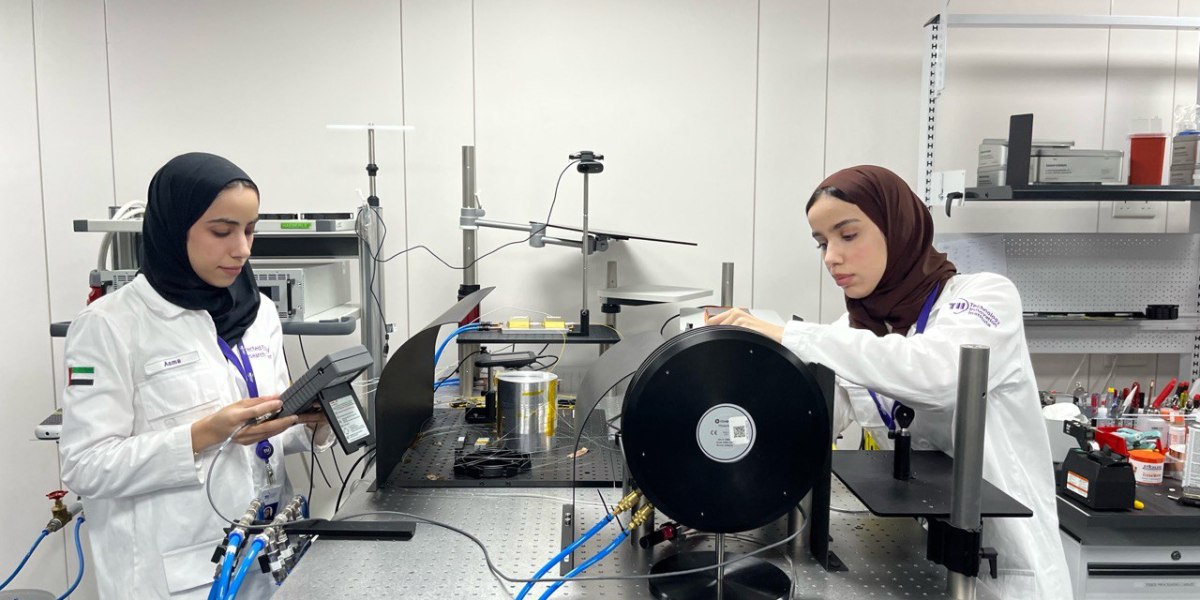Radar and laser breakthroughs serve humanitarian ends
Every 90 minutes on average, someone in the world is injured or killed by a landmine or other remnant of war, according to the Explosive Ordnance Risk Education Advisory Group. Even more sobering: there has been “a sharp increase” in the number of civilian casualties in recent years, says the group, which encompasses more than a dozen UN agencies and non-governmental organizations concerned about the rising accident rate. These organizations and others are working hard to help affected countries and communities regain safe use of their land.
Landmine blasts can be fatal and cause injuries including blindness, burns, damaged limbs, and shrapnel wounds. While many nations have stopped using and producing landmines, 59 countries and territories remain contaminated by mines or other explosives. In 2019, landmines and similar explosives caused at least 5,554 casualties, across 55 countries and regions, with civilians accounting for the majority (80%) and children representing nearly half of civilian casualties (43%).
Over one million landmines were dropped in Afghanistan in the 1980s. About two million landmines have been planted on the Korean Peninsula since the Korean War ended in 1953. And today, new mines are believed to be in use in northern Myanmar, while improvised explosive devices are used by violent non-state actors worldwide. Long and complex clearance operations are required in such contaminated territories, and innovative technologies will no doubt play a critical role in helping populations living under the threat of mines.
Harnessing radar to see below ground
Chaouki Kasmi, chief researcher for the Directed Energy Research Center (DERC) at the UAE-based Technology Innovation Institute (TII), believes he and his team can be part of the solution. DERC has developed a landmine detection system using ground-penetrating radar, a search technology historically deployed for tasks like inspecting concrete and masonry, locating underground utilities, and mapping archaeological sites.
“With our ground-penetrating radars, we are detecting buried objects in the ground from a flying autonomous unmanned aerial vehicle,” says Kasmi. Named “Nimble and Advanced Tomography Humanitarian Rover” (NATHR-G1), the system scans for and detects buried objects such as improvised explosive devices, landmines, and other unexploded ordnance.
Fully designed, manufactured, and assembled in Abu Dhabi, NATHR-G1’s embedded microwave sensors collect images of a predefined area or terrain, says Kasmi. Measurements completed over multiple frequency bands are then processed with geo-referenced information from a ground station.
Detecting and neutralizing threats
To neutralize landmines safely and remotely, DERC has also built and tested a high-power laser in its mobile laser laboratory. Its research team is collaborating with young science and engineering talent in the UAE to reduce the risk of unexploded ordnance at limited cost. They hope to make this technology available to as many countries as possible.
The team also continues to improve NATHR-G1: new features include an advanced signal processing engine, powered by machine learning, to detect and identify buried objects. DERC is also partnering with experts at Germany’s Ruhr University Bochum and the National University of Colombia in Bogota. These researchers are currently developing an artificial intelligence engine that will make it easier for NATHR-G1 to distinguish harmless metal objects from threats by analyzing their electromagnetic signatures.

Popping up power after a disaster
Identifying landmines is only one humanitarian tool made possible by directed-energy systems. Beaming power into post-disaster environments is a second application that could aid rescue operations, says Kasmi.
After disasters, damaged water and power infrastructure can turn a localized crisis into a national catastrophe. “When typhoons and earthquakes cause utility infrastructure to collapse, such events turn into large disasters,” says Kasmi. “And downed power systems hamper recovery efforts, when light sources for nighttime rescue operations are extinguished or essential facilities like hospitals and telecommunications systems shut down.”
Power beaming, the delivery of energy as wireless beams through aerial platforms, can make a significant difference to the ability of first responders to find and rescue survivors in an emergency. Power beaming can help to get energy systems up and running long before damaged utility infrastructure can be fixed.
“While innovations such as solar-powered communications tools help, the prospect of having portable, pop-up energy installations that can either power generators or plug into functional grid infrastructure would transform humanitarian recovery,” explains Kasmi.
Beaming power via laser
Defined as the point-to-point transfer of electrical energy by a directed electromagnetic beam, power beaming can be done via laser or microwave. While microwave-based approaches have a longer track record, laser-based approaches are showing promise in recent trials and demonstrations. Laser-based power beaming offers an advantage in being more narrowly concentrated, enabling smaller transmission and receiver installations.
Laser beaming takes electricity from a readily available source, converts it into light using lasers, and projects it through open air—also known as “free space”—or through optical fiber. At the receiving end, specialized solar cells matching the lasers’ wavelength convert that intense light back into electricity.
“Power beaming is potentially poised to help solve challenges such as provision of internet and connectivity for those in remote areas, without traditionally built-up power grids or infrastructure,” says Kasmi, explaining why the technology is a focus for DERC. “It could significantly boost post-disaster humanitarian aid, as the world braces for more frequent extreme weather events.”
There is no shortage of need, as climate change increases the frequency of extreme weather events and temperatures. In September 2022, Hurricane Ian swept through the southeastern U.S., leaving 5.1 million homes and businesses without power, some for five days or more. During Pakistan’s monsoon floods in the summer, authorities scrambled to protect power stations and the electrical grid. In September 2022, Typhoon Noru in the Philippines left millions without electricity. Even localized hazards can pose grave damage to energy systems, such as the severe icing in Slovenia in 2014, which left 250,000 people without power for as long as 10 days, due to damage to utility infrastructure.
There are still technical obstacles to overcome for power beaming, says Kasmi, such as finding ways to support longer-distance transmission and improving efficiency. And a proactive public education campaign is needed to assuage fears or unfounded health worries around laser technology. Nevertheless, power beaming has the potential to be a powerful new capability to support human populations in a century braced for more extreme natural disasters.
While improvements in directed-energy technology often come under the spotlight in sectors ranging from autonomous vehicle navigation to powering low-orbit satellites, their humanitarian applications could prove the most transformative. Ground-penetrating radar and laser-based power beaming are just two examples of the use of directed energy to aid in humanitarian preparedness, response, and recovery, with the potential to improve the safety, health, and lives of millions worldwide.
This article was produced by Insights, the custom content arm of MIT Technology Review. It was not written by MIT Technology Review’s editorial staff.




